As you roll up the sweeping drive and slow to a stop in front of the impressive façade, you could very well be stepping into a period drama and walking into one of Lady Whistledown’s grand balls. It’s not surprising, given Hartwell House’s prestigious history. The impressive stately home is steeped in fascinating history stretching back almost 1,000 years, and was previously home to William Peveral – son of William the Conquerer – and held court to Louis XVIII the exiled King of France.
After playing host to royals and dignitaries for generations, the house was purchased in the early 20th century by millionaire recluse Ernest Cook, grandson of the travel tycoon Thomas Cook, and later served as a training ground for troops during the Second World War and, later, as a finishing school. Now, the four-star hotel – part of the Historic House Hotels group and donated to the National Trust in 2008 – has earned its place on the esteemed Pride of Britain Hotels list.
Grounds
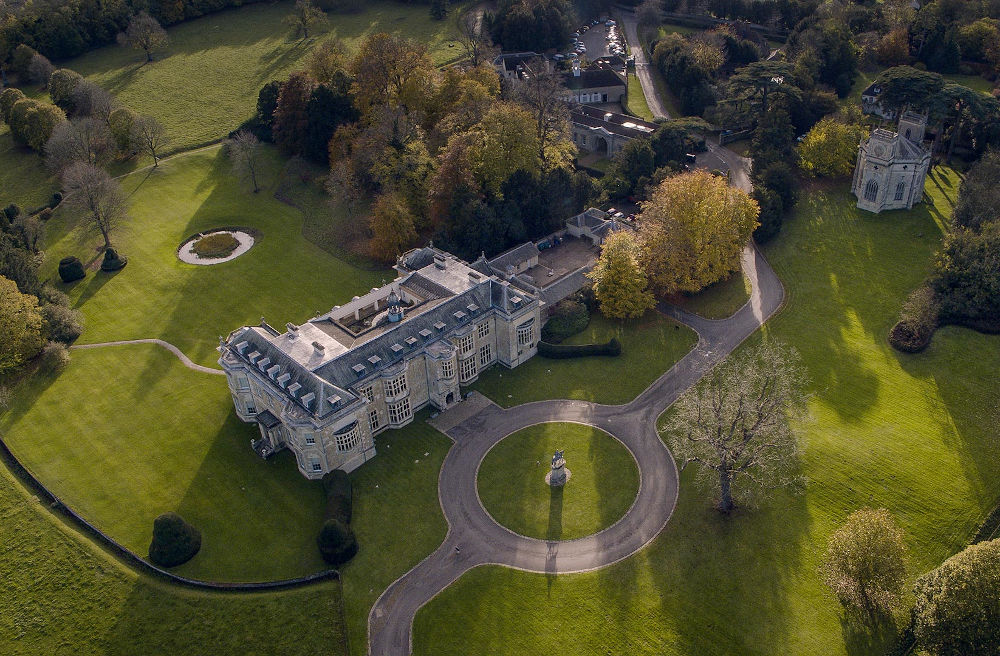
The hotel’s 94 acres of parkland and grounds have become a haven for wildlife and animals. Cows graze happily in the pastures with the backdrop of the palatial home. We wandered around the tranquil lake, the disappearing light reflecting in the glass-like water. Ducks snoozed on the bank and a heron swooped overhead to feed its chattering chicks in their treetop nest. Water lilies float gracefully on the surface about to erupt into full flowers and tiny fish dart and splash underwater sending ripples across the serene lake. A tiny coot sat amongst the reeds being preened by its parents and swans glide gracefully beneath the rustic stone bridge, arching over the water.
Ha-has are cleverly designed to conceal the boundaries of the cattle fields so guests can enjoy uninterrupted views across the manicured lawns and into rough pastures. We wandered through the rose garden where a pheasant made a dash across the grass from under his fragrant hiding place. Higgledy-piggledy stone paths, gravel walkways and freshly-mown tracks weave through the grounds giving you a history lesson in how the stately home would have once run.
Beside the hotel’s curved drive lies the ruins of an old church, to the north of the hotel lies the Frederick Prince of Wales statue while south, at the end of a long grassy vista, stands the obelisk. These are just two of a collection of 18th century statues and garden buildings dotted throughout the estate. We walked through the orchard, disturbing a squirrel busy collecting food, and through the gooseberry plants climbing the walls of a secret walled garden which hides two sprawling tennis courts inside.
Hotel and rooms
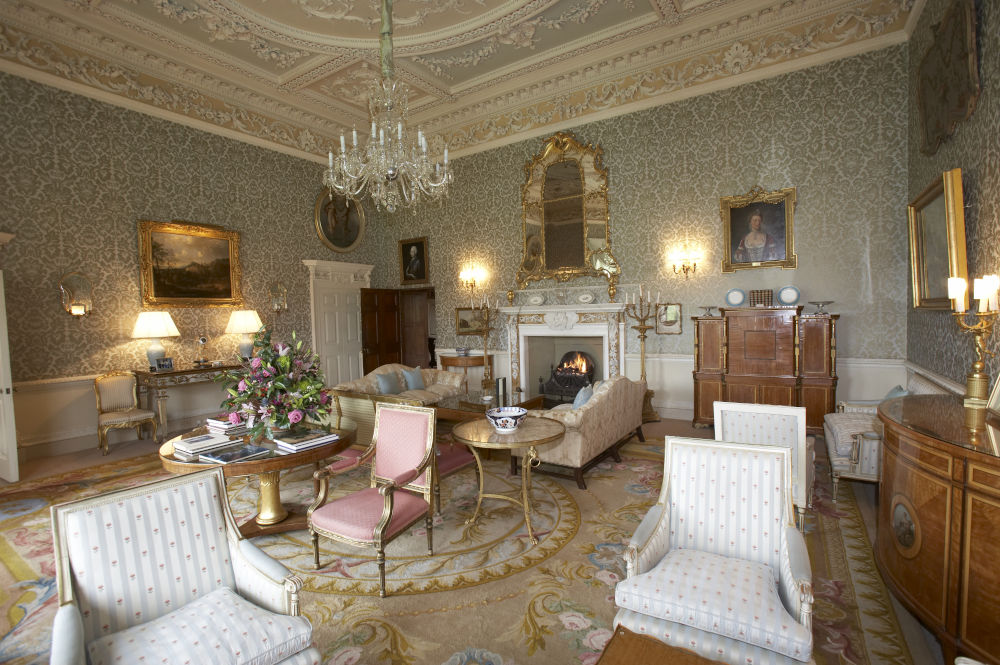
Butlers meet you at the door to take your bags as you check in at reception; a speedy and seamless process despite the complicated Covid protocols during our visit in early July. We ventured into the depths of the house through The Great Hall; the oldest part of the house and a masterpiece of English baroque design with towering ornately decorated ceilings and a vast tapestry adorning the wall. The grand staircase, partly Jacobean, is like an historic art gallery of individual hand-crafted busts; each baluster depicting a different figure, one believed to be modelled on former Prime Minister Winston Churchill with his pipe pursed between his lips.
We scaled the staircase up to the second floor to a large room tucked amongst the eaves of the house with views across the lush green parkland. Our simple but comfortable room offered a large walk-in wardrobe and dressing room with a lovely bathroom and large bedroom with cosy bed, vanity unit and seating area.
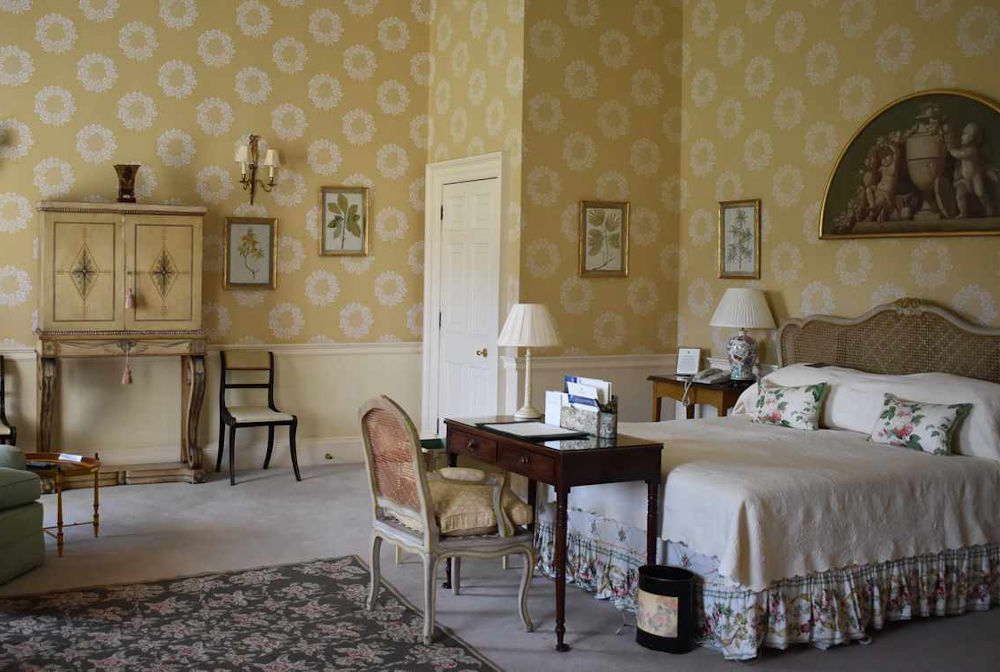
The hotel boasts 30 elegant bedrooms and suites within the main house. Just a short walk from the hotel is Hartwell Court; a collection of 10 suites and six bedrooms, mostly pet-friendly, with garden views. Perfect for an extra layer of privacy and peace. Inside, Hartwell House still looks much like it would have done as a grand stately home entertaining the landed gentry and Royals of the time.
It’s clearly still catering to this clientele and you’re more likely to see older visitors and aristocrats here than millennials, self-made entrepreneurs and celebrities. The house is, in places, a little tired and dated, and the building’s age is evident in some of the cracks and scuffs but it’s charming to experience a genuine and authentic historic home which has stayed true to its traditional décor and style, and hasn’t modernised and ruined the ambience.
Food and drink
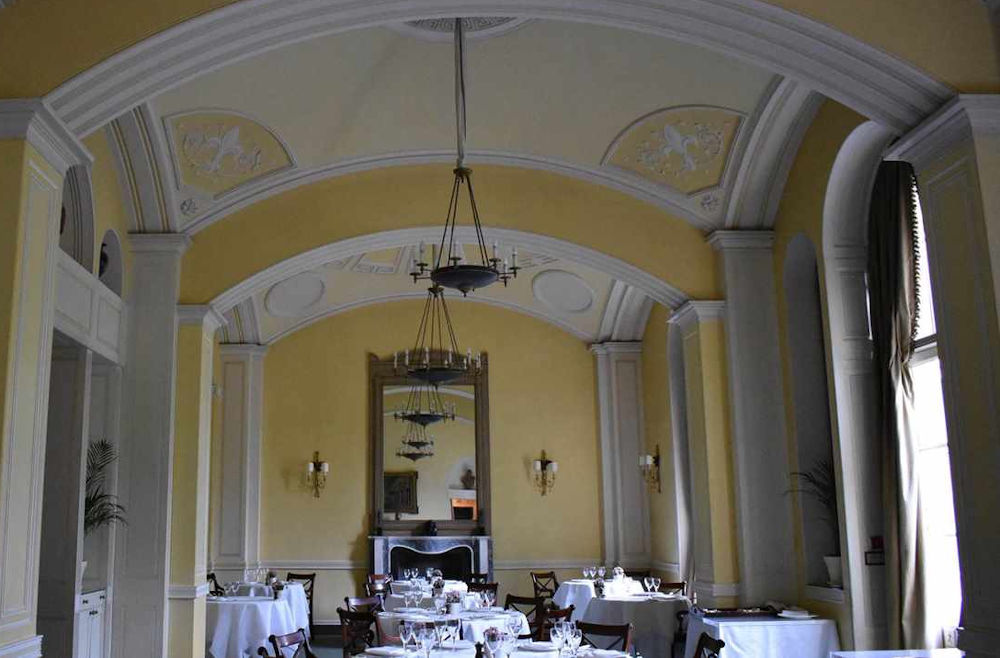
We headed down to the formal dining room for dinner, where the friendly staff greeted us and showed us to our cosy and intimate table for two; dimly-lit by candlelight. The restaurant is housed in a decadent hall to the south of the hotel with large double-height windows overlooking the lawns. The restaurant was busy as we sat down and perused the menu but slowly emptied and – without background music – we were left to finish our meal in a quiet and eerie atmosphere.
Thankfully, this didn’t detract from the delicious food. We started with a bite-size selection of amuse bouche including a mushroom sausage roll and stilton cheesecake. Warm sourdough bread and tasty focaccia accompanied starters of salmon gravlax with gin and tonic gel and apple, and scallops for my husband. The servings were small but prettily presented and piqued our interest further.
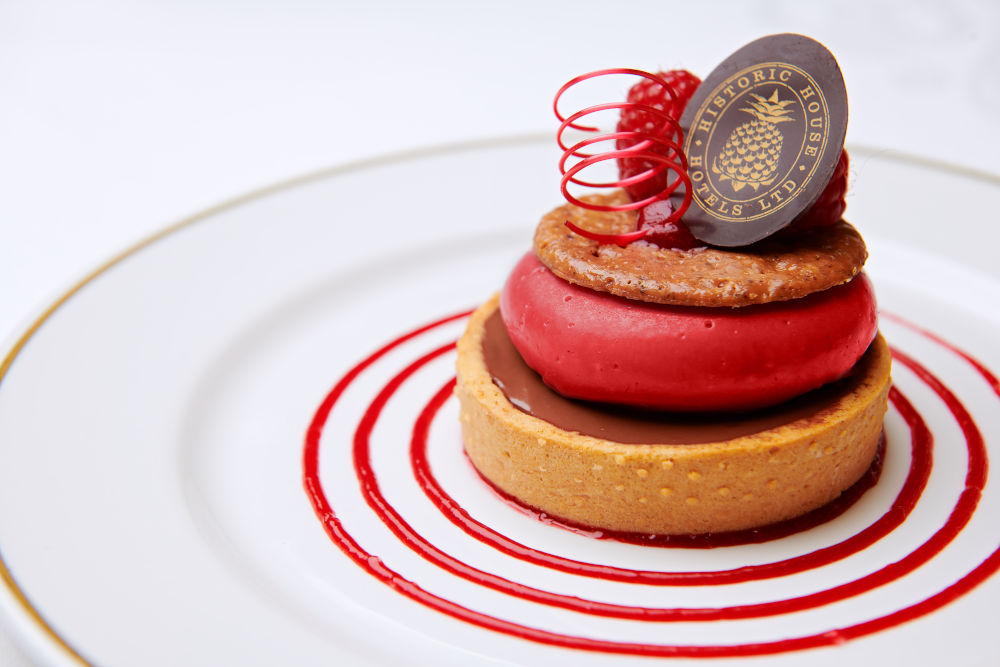
We sipped on a warming, drinkable bottle of house red wine as the mains arrived; sea bass pappardelle with lobster and green beans, and beef with fondant potato and Madeira sauce. While the fish didn’t look particularly refined, it was a pure delight to the taste buds; an explosion of delicious flavours and textures from the rich, warm pasta to the juicy lobster and crunchy charred skin of the succulent sea bass. We finished with dark chocolate mousse, apricot compote and vanilla ice cream, and cheese and biscuits before sneaking off to bed feeling very full and fulfilled.
After a long and cosy night’s sleep we returned to the dining room to rise and shine with a hearty breakfast. We shared a rainbow of fresh fruits including sweet strawberries, watery melon, tart pineapple and crunchy apple, a rack of warm and crunchy toast, and a selection of flaky pastries. I had the Hartwell summer berry compote with yoghurt while my husband opted for the smashed avocado with poached eggs.
Spa
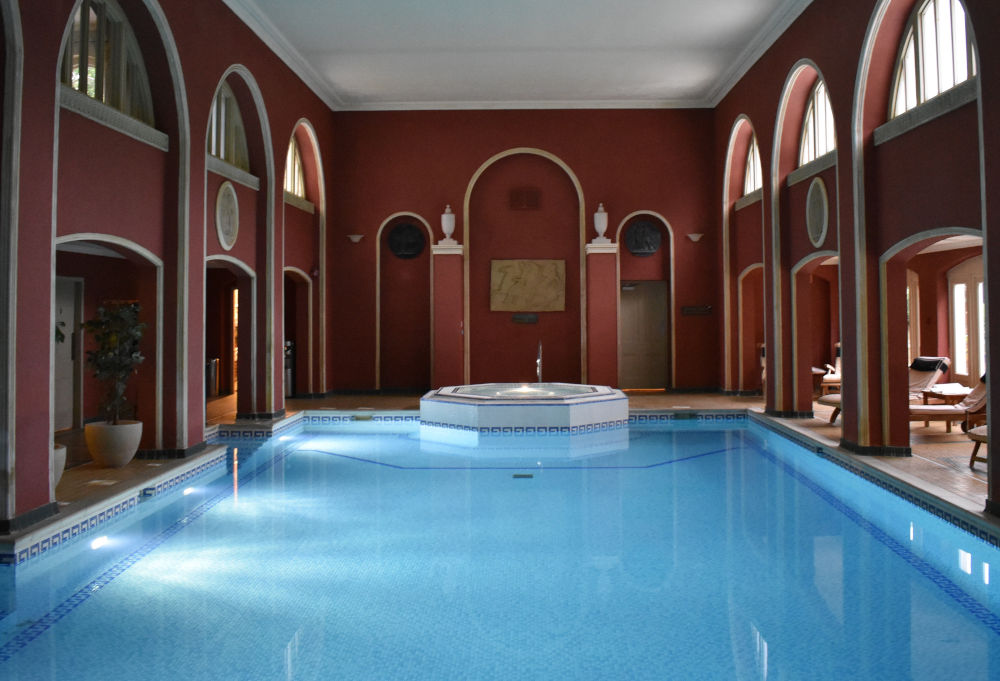
The spa is set in a traditional-style building that mimics an orangery. From the outside it blends seamlessly into its historic surroundings but, inside, it’s like stepping into ancient Rome. Designed to resemble a Roman bath spa, it’s finished with deep red walls and large archways. The pool – lined by grand pillars – sparkles in the afternoon sun and the spa bath whirs and swirls into life as you push the button and relax into the bubbles. Visitors can also enjoy a steam room and sauna (although these were closed during our visit due to Covid restrictions) and there’s a well-equipped gym, four treatment rooms and spa café which offers light meals and snacks all day.
In a nutshell
As Lord Byron said when Louis XVIII left his home of exile to return to rule France: “Why wouldst thou leave calm Hartwell’s green abode…”
Factbox
Rooms are available from £260 per room per night (based on two sharing). Contact Pride of Britain Hotels on 0800 089 3929 or prideofbritainhotels.com for more information.
Address: Hartwell House, Oxford Road, Stone, Aylesbury HP17 8NR
Phone: 01296 747444
Website: hartwell-house.com
